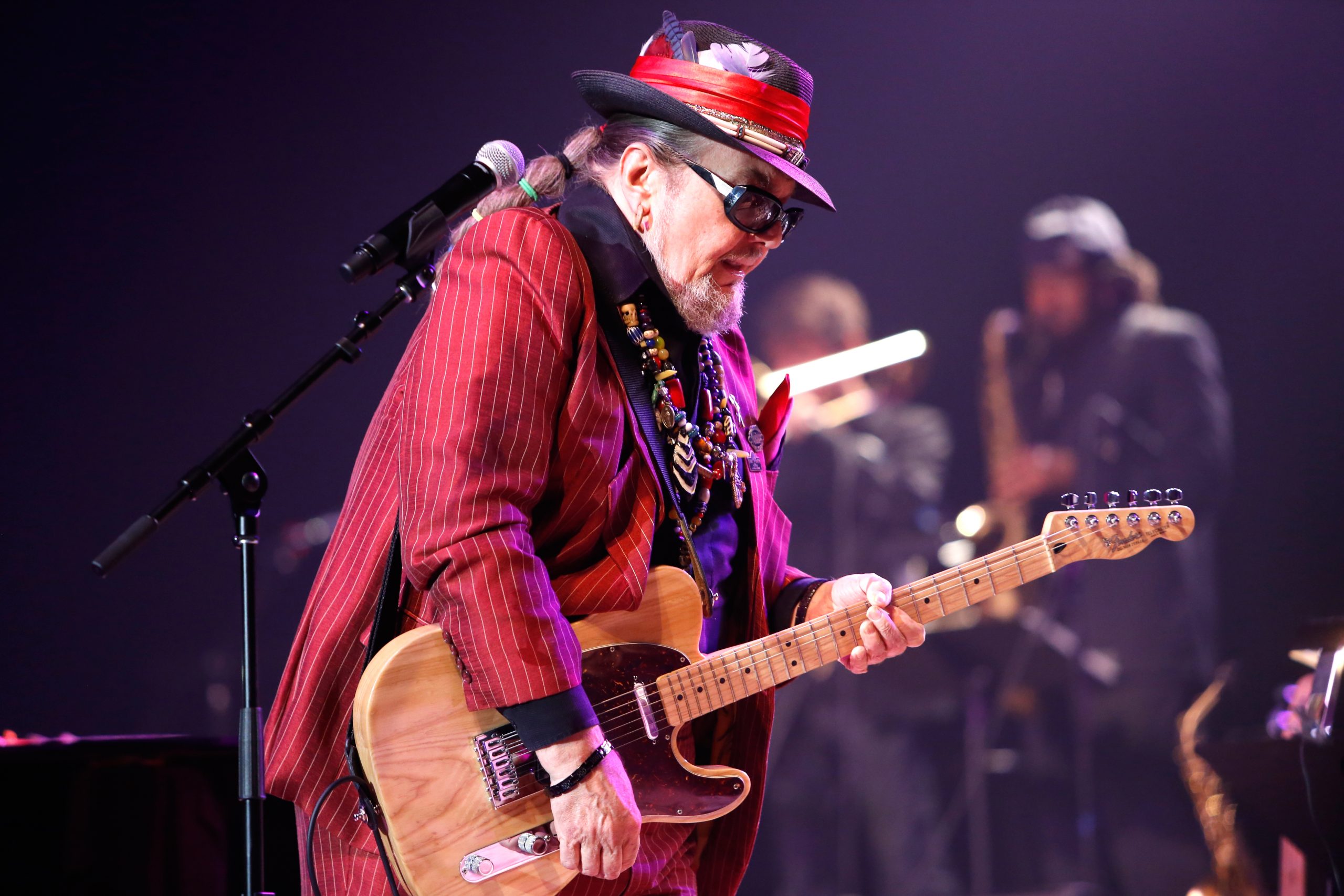
I once met an investment banker who, aged 14, had skipped school and flown to Brooklyn in the hope of attending the funeral of the Notorious BIG. He was so upset by the death, he didn’t know what else to do: when he turned up – a child off a long-haul flight with no guardian – the bouncers were astonished, and let him into the chapel.
I planned to do the same when Glen Campbell died, arriving in a black veil and standing at the back of the ceremony amid the pillars of country music. But as the years wore on, I figured that security would be high when it happened, and when it eventually did, he was interred within 24 hours, having practised – who knew? – Messianic Judaism in his later years. He was returned swiftly down south and buried in his home soil of Arkansas, and the ceremony was over before I knew it had begun.
It was with considerable excitement, then, that I found myself at the centre of a rock funeral this month: that of Dr John, in New Orleans. He’d died some 16 days earlier. It’s odd to think he’d been kept on ice so long – but the traditional “second line” parade, with its jazz, and plumes and Mardi Gras chiefs, probably takes some time to organise, especially when it means shutting down Rampart Street on a Saturday afternoon, and cutting a path to St Louis No. 1, the 18th-century graveyard where the bodies lie in white sepulchres above ground, lest water levels rise and float the coffins away.
Dr John, the Night Tripper, born Mac Rebennack in New Orleans in 1941, would be buried not far from Marie Laveau, the voodoo priestess he’d written songs about. His mystical persona was created for a concept album he’d written while working as a session man in Los Angeles in the late 196os: when the project was ditched, he took on the identity himself and lived it out for five decades with feathers in his hair, selling the boogie-woogie of New Orleans to the rest of America.
I interviewed him down the phone once and he told me how his auntie took him to piano lessons in the city’s posh Garden District. I liked that detail – he wasn’t hiding his white middle-class background, even as he sang as a 19th-century Senegalese prince who’d come to New Orleans from Haiti. “Dr John” was a free man of colour with 15 wives and over 50 offspring. Rebennack, who said he had “lots of children”, claimed to feel a spiritual kinship with the character he’d created.
At the front of his hearse, sweating in the 38°C heat, were two horses, one black and one white, making tiny dressage movements with their front hooves, left to right, as the brass dirge shook itself awake. The animals nudged one another affectionately as they pulled his casket forward. They looked like a black and white piano key side by side, or a symbol of Rebennack’s musical miscegenation.
Behind the hearse, and beyond the downcast relatives, the Mardi Gras Indians danced and jibed with traditional mock outrage, sporting the kind of headdresses that Rebennack had worn on stage himself at one time, and which any young, white musician would now be shot for wearing. Then came the hot brass band – the explosive trumpets and the dancing – far enough away from the sombre troupe so as not to clash. Then a shambolic choir singing “I’ll Fly Away”.
There’d been a “public visitation” of the coffin at the Orpheum Theater from 7am that morning. Two classic, anally retentive tourists, we’d got up at dawn to make sure we saw it, expecting thousands of John worshippers to have lined the street all night for a glimpse of the body (rather disappointingly, the casket was closed). In fact, we were the only people there – New Orleans natives being too relaxed to turn out at sunrise for anyone, especially when their city’s traditions open the funeral itself to fans and total hangers-on.
What a thing that is, when you think about it. They should do it for all musicians – give them a second line funeral, with dancing and feathers, where you can walk right alongside the family, and pretend you matter for a moment, as they mattered to you.
This article appears in the 10 Jul 2019 issue of the New Statesman, The state we’re in






